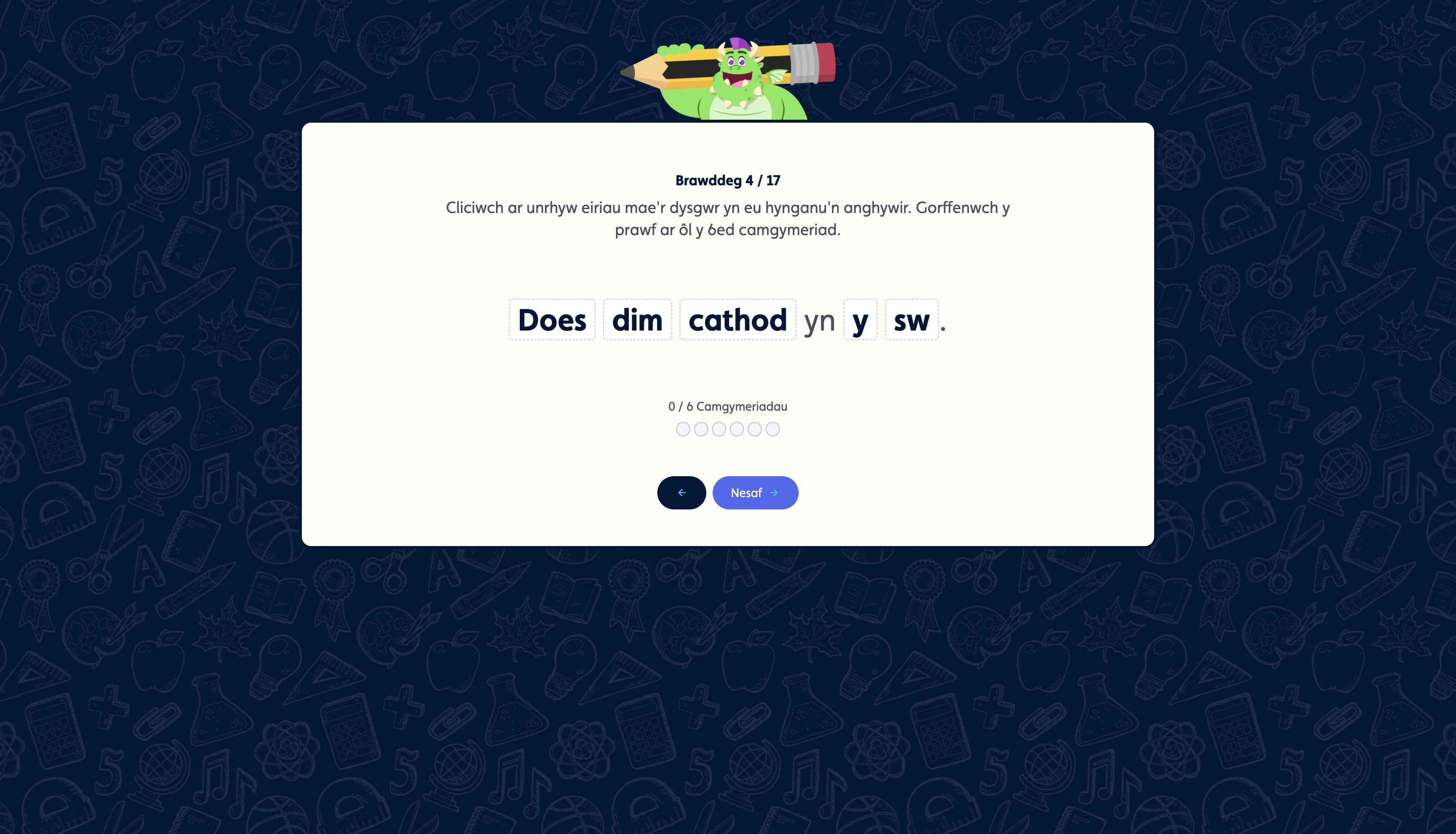Spotlight: Digitised Welsh reading test now live on Hwb
An easy-to-use reading test for Welsh-medium schools is now available online, supporting practitioners to monitor progress and access instant, standardised results.
A newly digitised version of a popular Welsh reading test is now live on Hwb, helping practitioners track reading progress quickly and effectively across Years 1 to 11.
Click the button below to access the resource.
View the resourceOriginally commissioned by the Central South Consortium, one of Wales’ four regional school improvement bodies, the test was developed by researchers at Cardiff University and has already been downloaded more than 7,000 times.
Bringing a trusted resource into the digital age
Thanks to a collaboration with the Welsh-language digital reading book platform Darllen Co, the test is available online to support easier use in the classroom.
The platform allows practitioners to:
- Input learners’ scores directly.
- Access standardised results instantly.
- Track progress using two test forms at different points in the year.
Based on data from over 760 learners in Welsh-medium schools, the test offers a reliable and accessible way to support reading development.
Share your thoughts
The work is ongoing, and the team is now:
- Gathering feedback from those using the tests.
- Inviting practitioners to take part in the next phase of standardisation.
Click the button below to share your feedback on the tests, or to express your interest in taking part in the wider standardisation process to help provide more detailed reading ages in future.
Your input will help improve the resource and support the development of more precise reading age data for learners.
Share your feedback